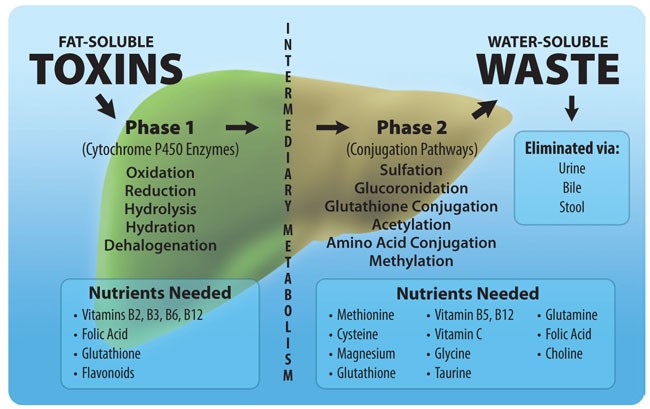The Connection between HPV and Throat Cancer – Reassurance with $50 Test
HPV (human papillomavirus) is a viral infection that causes not just cervical cancer, but also most cases of oropharyngeal (mouth/throat) cancer as well. The rate of HPV-related oropharyngeal cancer has increased by 225% over the last 20 years. According to the American Cancer Society, 1 in 59 men and 1 in 139 women will develop … Read more







